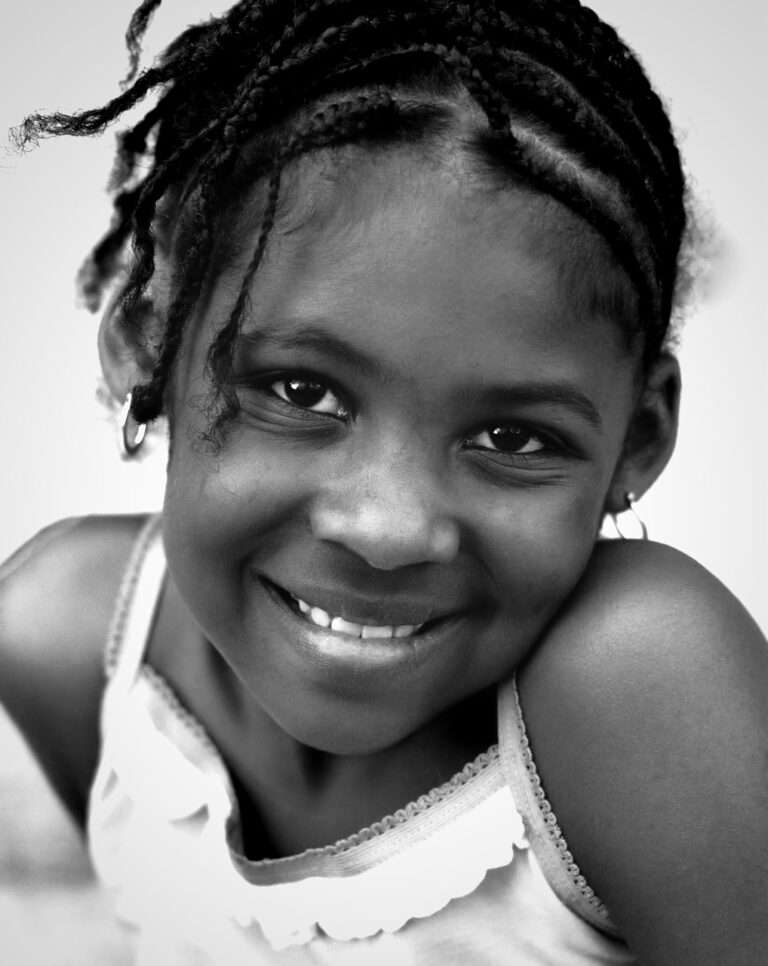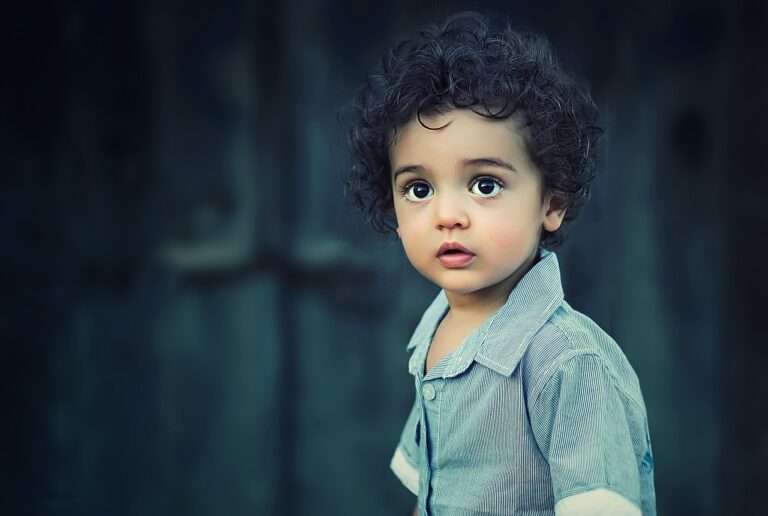Leukemia in children
Leukemia in children is a type of cancer that affects the white blood cells. The exact causes are not well understood, but it may involve a combination of genetic and environmental factors.
Symptoms include:
- Fatigue and weakness
- Pale skin
- Fever and infections
- Easy bruising or bleeding
- Bone or joint pain
- Swollen lymph nodes
- Abdominal discomfort (from an enlarged spleen or liver)
- Unexplained weight loss
Treatment typically involves:
- Chemotherapy: The primary treatment for most types of childhood leukemia.
- Targeted Therapy: Drugs that specifically target cancer cells.
- Radiation Therapy: Sometimes used, especially if the leukemia has spread to the brain or spinal cord.
- Stem Cell Transplant: May be considered for high-risk or relapsed leukemia.
Early diagnosis and advances in treatment have significantly improved the prognosis for children with leukemia. However, treatment plans and prognosis can vary greatly depending on the type of leukemia, the child’s age, the stage of the cancer, and other individual factors. Regular follow-up and supportive care are also important parts of treatment.
------------From our Sponsors------------






